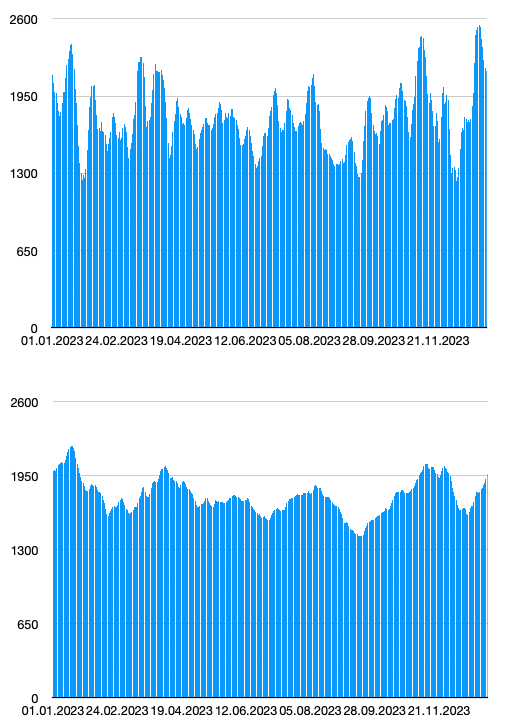While it would probably be a good idea to look at their sources more carefully, this is the kind of analysis I’d like to see more of.
It’s true that with almost every type of emissions reduction, there is a point of diminishing returns where it becomes prohibitive to address those last few percent. From a policymaker’s standpoint, they have to decide how much society is willing to pay and then attempt to optimize the allocation of resources within that framework. That’s where you get your cap-and-trade and so forth.
This article suggests the lower up-front cost of renewables like wind and solar show a windfall up to 57%, but are still cost-competitive even up to 90%. This is encouraging. They mention the remaining 10% includes hard-to-decarbonize sectors like aviation. I think even in general electrical production though, there are diminishing returns.
If you consider that to overcome the challenge of variability in supply with wind and solar, you need to invest in grid storage, there is the question of just how much storage you need? A day’s worth? A week’s worth? A month’s worth? The more storage you have, the more edge cases you will cover, but your costs go up exponentially and may never reach 100%. If you reach say 99%, that’s still around 3 days out of the year when you have to fire up some backup generators. Is that an acceptable compromise?
As soon as you have a large enough grid, you really end up needing very little storage. For the EU solar, onshore wind and offshore wind last year look like this. Real data from last year:

As you can see no day, without electricity production and the variability is not that insane. The worst day has half of average production of solar and wind. So with a combination of overbuilding, some storage and a strong grid, you are fine.
Nice! Can you get that data in spreadsheet form? I wouldn’t mind running some averaging filters on it to plot how much smoothing would happen with different numbers of days worth of storage.
It’s handy that it seems increased wind in the winter months makes up for reduced solar, at least in Europe.
Yes, you can get it on the right site under exports as an .csv file

Here’s what it looks like after 7 (top) and 30 (bottom) days of averaging to give an idea of how much more reliability you can buy with a week or month of grid storage.
Of course, there is also variability on the demand side you need to match. Hmm…
So, a few thoughts on this. If you consider the minimum on any of these graphs as a kind of base load capacity, you would need to build enough solar and wind to cover what’s demanded by the population. The fluctuating part above that line is excess which maybe might find some sort of opportunistic use but will more likely be discarded. I guess the industry term for this is curtailment.
The more you invest in storage, the less you will need to curtail. But given that even with a month worth of storage (which is a colossal amount if you crunch the numbers), there will be some curtailment, my takeaway from this is that there is room for synthetic fuel production like green hydrogen that would kick in once you’ve saturated all your batteries, pumped hydro, etc. I’d been wondering about this. There is energy loss (relative to say batteries) in making fuel out of electricity, but the energy in this case is essentially free, so why not give it a go? And we are really good at stockpiling fuels. The amount of energy stored that way around the world is orders of magnitude beyond everything else combined.



